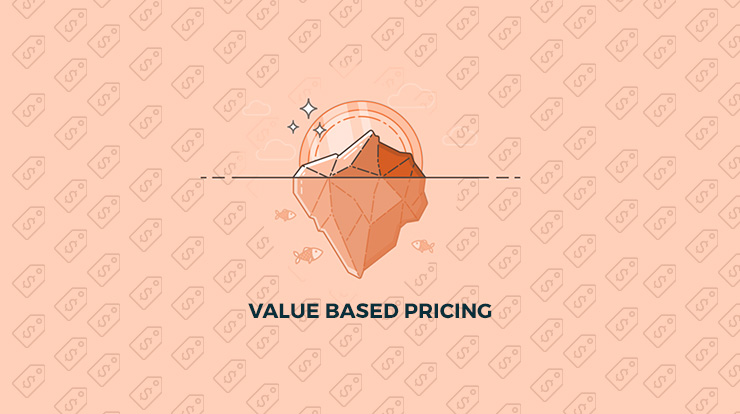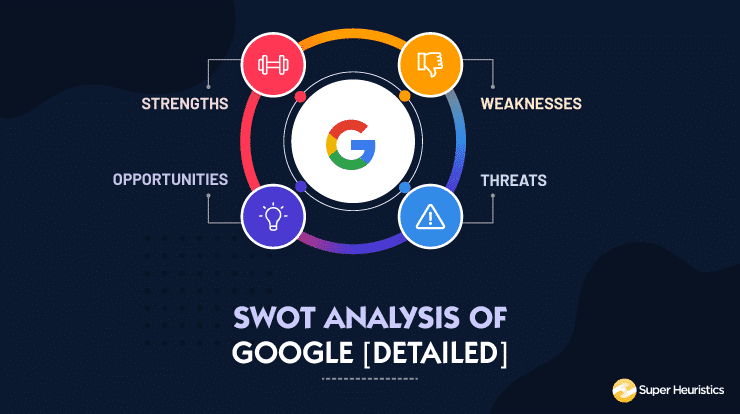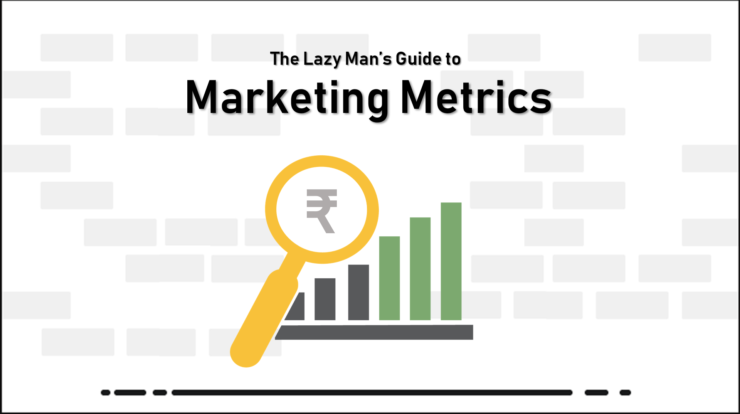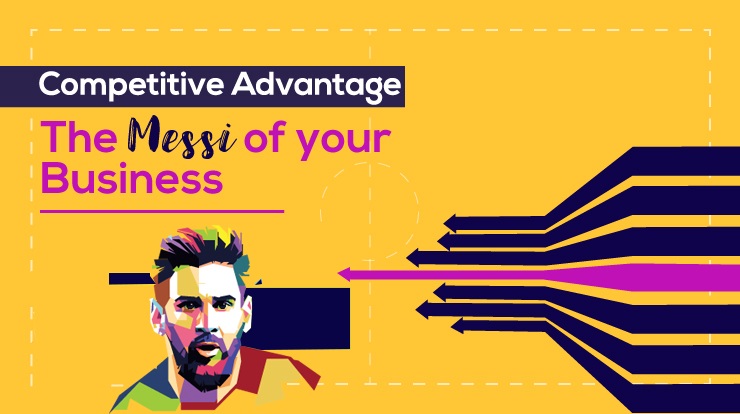
In this article, not only will I explain to you what is Value Based Pricing but I will also give you a step-by-step procedure for arriving at a value based price for your product.
But before I begin telling you about what is value based pricing here’s some flashback from my last post on pricing.
The last article I wrote titled Cost Plus Pricing is a Dangerous Drug created, both, a lot of excitement and confusion among quite a few of you.
A few of you wrote to me, almost perplexed that “If not Cost Plus then what?”
“But we thought it was the best way to price”
“Is there even another way to price?”
The confusion was valid. That’s because Cost-Plus Pricing is really intuitive. There’s not much thinking that goes into it.
And that is the reason why you as a budding marketer should stop thinking about it.
Cost-plus pricing is so basic that even an accountant can do it. What extra value can you provide to your firm as a marketing student or as an MBA?
The answer to that is Value Based Pricing.
Also Read: How to Price Your Product – The Fundamentals
When you price your products as per this strategy you not only maximize your revenue but you also do a good job of maintaining a positioning for your product.
In value based pricing you are more receptive to your customer’s needs and wants. And that’s what your job will be as a marketer. Won’t it?
[cmtoc_table_of_contents]Let’s begin by understanding what is value based pricing.
What is Value Based Pricing?
Simply put, Value Based Pricing is when the price is set based on how much your customer values your product. You could very well call it Customer-Based Pricing.
Because, effectively, your customer is setting the price without really setting it for you.
And Value Based Pricing is the complete reverse of Cost-Plus Pricing. While the cost-plus pricing emanates from within the organization, Value based pricing comes from the outside – from your customers.
Also Read: How to Price your Product better in 8 Steps (Part 1 of 2)
Example of Value Based Pricing
Let us understand it through this example of Value Based Pricing.
Ever did a web check-in on a flight before boarding it? Quite a few of you would have. And you would be familiar with this seating plan of the aircraft where you are supposed to choose your seats.

If we take the example of Indigo Airlines, we know that all the seats are exactly the same. There is no business class or different kind of seats in terms of the way they look or feel when you sit on them.
Similarly, all the seats on this aircraft are exactly the same.
The orange seats up in the front would cost you ₹600 for selecting them.
For the blue seats just behind them, you will have to shell out ₹300.
All the remaining seats are usually available for booking without any cost.
The questions that a naive person may ask are:
- Why is it that some seats are priced 2x some of the other seats while quite a lot of seats are available for free?
- And why is it that the paid seats get booked first even before all the free seats are booked?
- Why are people paying for them even when there are free seats?
The answers that a marketer like you will give are:
- Some seats are priced while some seats are not because the airlines know that people are willing to pay for freedom of choice in where they will be sitting for 3 hours.
- There are seats that are priced 2x than the other paid seats because some people can pay more than the others.
- Some of the paid seats might look the same as the other seats but they have subtle privileges attached to them. The orange seats have far better legroom than the others and some people value that leg room, some people don’t.
- The front seats also have a subtle privilege of deboarding the plane first. Some people value that. Some don’t.
How to do Value Based Pricing?
I am sure you would have understood what is value based pricing. The example would have made it even more clear that why it makes for a great pricing strategy to use.
But let’s be honest.
Pricing is a tough job.
And most of us, marketers and MBAs, are never really confident about pricing. That’s because we never know whether the price we’ve set is the optimum price.
So, if even you are wondering how should I really set a price that is value based – here I offer a step-by-step guide to do it.
Step 1 – Check the second best option pricing
What is competition? Is it just a sum total of all those companies that offer a product in the same product category?
No.
Your competition is your customer’s second best option.
If you’re a domestic airline, a private bus operator is also your competition.

So, the first thing you should do is have a look at the prices of the things that are the second best options after your product for your customers.
Step 2 – List the ways in which you are better than the second best option
What is it that makes your product better than the second best option? What makes taking a flight between Delhi to Udaipur better than taking a bus ride between the two places?
Once you have done that, find out what worth are these things to your customers.
How does your customer value these aspects that make your product better than the second best option?
A word of caution here.
You would be tempted to make the mistake of saying that you have a better brand which makes you better than the second best option.
Sure it does.
But that is how you are better from your perspective.
You need to find out how are you better from the perspective of your customer.
So, if you do have a better brand than the second best option, does that make the customer feel safer while traveling with you?
Extending the airline example. The second best option for the first row seats is the second or the third-row seats.
But the customer prefers the first one maybe because of a better leg room or because he can deboard the plane first.
You never mentioned these as the features while selling the ticket. But from the customer’s perspective, these are advantages.
Step 3 – List the ways in which the second best option is better than yours
You will not always be better than the second-best option in all the aspects. Therefore, list down all the ways in which the second best offering is better than your offering.
And again, find how does the customers value these things and how much are these things worth to them.
You need to be fair in this assessment.
Once you have done this, you are just one step away from calculating a good price for your product.
Step 4 – Find the Value based Pricing
You were looking for the answer to the question what is value based pricing. And here it is.
Once you have done all the things mentioned in the steps 1 – 4 above, here is the final calculation that you need to do.
Value Based Price = Step 1 + Step 2 – Step 3
Which means,
- Take the price of the second best option (as in step 1)
- Add the value of your offering’s advantages over the second best option (as in step 2)
- Subtract the value that the second best option has more as compared to your offering
And with this what you will get is a fair estimation of what your product’s price should be.
Also Read: Sex in Advertising and why it is time to Shake It Up!
Conclusion
This was the answer to what is value based pricing. Calculating your product’s price in the four steps as mentioned above is an algorithm that will help you price smartly.
I would again propagate the idea that value based pricing is the best form of pricing that’s out there. And it will ensure that not only you are able to price your product correctly but are able to extract maximum profits.
Using these four steps you can solve all your pricing woes.







[…] To know more about value-based pricing and how it is done in the airline industry, head over to this article. […]